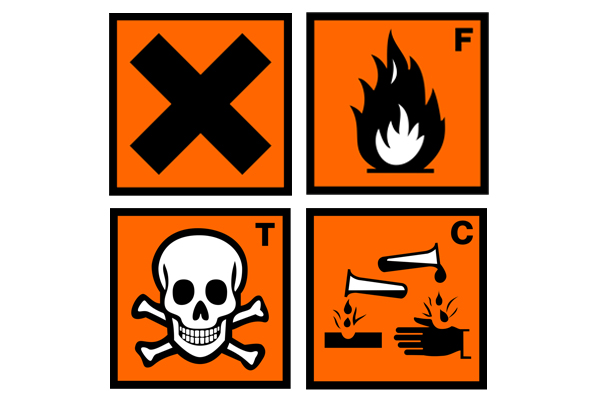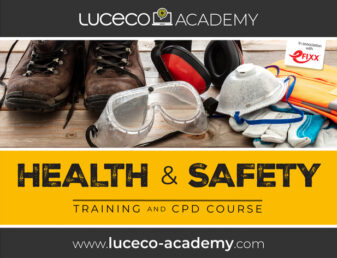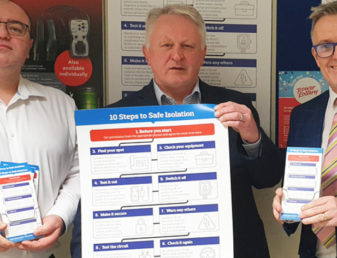COSHH stands for the Control of Substances Hazardous to Health Regulations 2002.
COSHH regulations mean employers must assess the risks and take precautions to ensure neither employees nor members of the public are injured by exposure to hazardous substances. Employers must train their workforce in identifying and minimising the risks. They must also monitor employees’ exposure to dangerous substances, providing health checks where required.
What counts as a hazardous substance?
A hazardous substance could take many forms. At its simplest, it could be a chemical product used for cleaning, but it could also include fumes, dusts, vapours, mists, gases, nanotechnology or biological agents.
As a general guide, if you are using something that has any of the hazard symbols on its packaging then it will be classed as a hazardous substance under COSHH and you will need to take the necessary steps to control the risks.
But hazards aren’t limited to substances labelled in this way. Anything that might cause injury or ill health counts.

This is a harmful product and will cause injury if inhaled or swallowed. It will cause irritation to the eyes and respiratory system.

This is a toxic product. These are more dangerous than harmful substances and must not come into contact with the eyes or skin, or be inhaled or swallowed.

This is a corrosive product, and will harm animals and other materials as well as causing burns if they come in contact with the skin or eyes or are inhaled.

This is a flammable product. It will ignite in the presence of a naked flame. The vapours of such substances may also be flammable.
How does COSHH apply to me?
Data information sheets must be provided by employers for all potentially dangerous substances. These sheets can form the basis of a risk assessment and detail potential dangers posed by the substances and the safety measures that must be taken when using them.
As an employee working on site you must read these sheets and know the risks of using the substance, how to control or reduce the danger and what to do in case of an emergency. You are responsible for ensuring these safety measures are taken – you are equally as responsible as your employer under the Health and Safety at Work Act 1974 [link].
COSHH regulations protect members of the public as well as you and your colleagues. COSHH regulations also apply to self-employed workers or contractors.
Often the simplest way to reduce the risk of harm is to prevent exposure to the hazardous substance at source – for example, using a brush to apply a solvent-based product rather than spraying it on.
Other ways to minimise risk to health include:
- Personal protective equipment (PPE) – eg respirators, protective gloves, footwear, eye protection.
- Substitution – use a substance with less or no risk.
- Using control equipment – for example totally or partially enclose the area in which the substance is being used.
For more information on COSHH go to https://www.hse.gov.uk/coshh/index.htm






